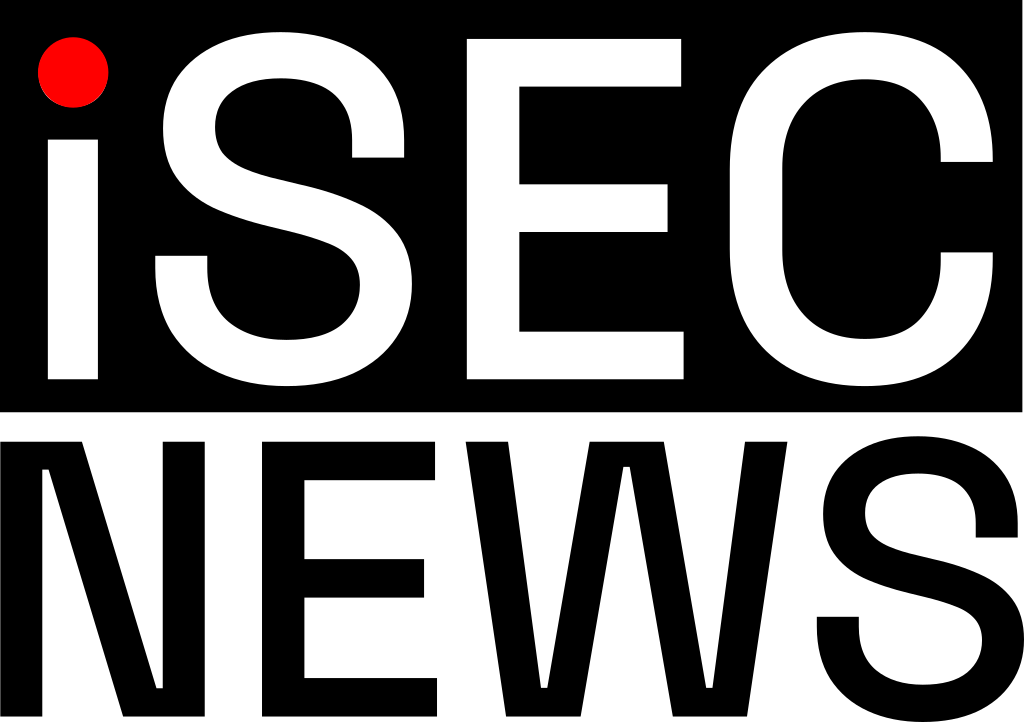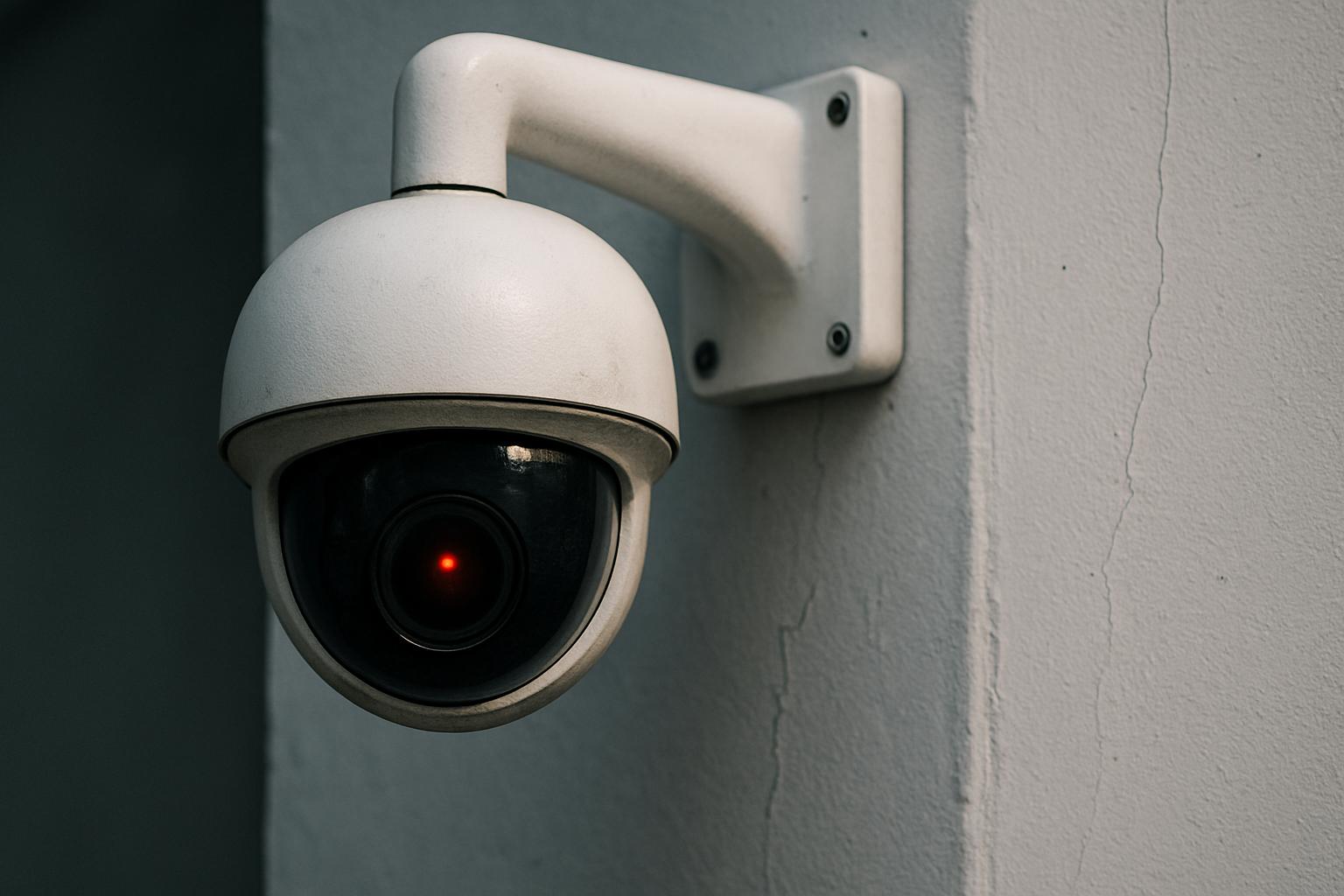In a recent cybersecurity investigation, researchers from Bitsight uncovered alarming vulnerabilities in the Internet of Things (IoT) landscape, managing to access the live feeds of approximately 40,000 internet-connected cameras worldwide. This revelation not only underscores significant privacy concerns but also suggests potential avenues for espionage, particularly in sensitive locations. As detailed by the researchers, the findings align with earlier warnings from the Department of Homeland Security (DHS) about the risks associated with exposed cameras, which may be exploited for malicious intent, especially in relation to international espionage campaigns linked to China.
The United States was identified as the hardest-hit region, with around 14,000 cameras streaming live footage from various facilities, including data centers, healthcare institutions, and industrial sites. This alarming access raises serious security concerns as these feeds contain sensitive information that could be utilized for espionage, mapping security weaknesses, or even obtaining corporate trade secrets. The prevalence of this issue highlights a critical gap in security measures surrounding IoT devices, particularly those manufactured by companies that may not prioritize encryption and cybersecurity.
Researchers noted that these vulnerabilities extend beyond national security implications, impacting everyday settings such as hotels, gyms, and residences. The filters available on these cameras could offer potential advantages to criminals, facilitating activities such as theft and stalking. Bitsight emphasized that even minimal technical skills are needed to access these feeds, often requiring nothing more than a web browser and the relevant uniform resource identifier (URI) to view footage that should remain private.
According to Bitsight, the focus of their analysis was on two key types of internet-connected cameras using HTTP and Real-Time Streaming Protocol (RTSP). While HTTP-based cameras represented 78.5% of the total, they were easier to identify compared to RTSP cameras. This study revealed the ability of bad actors to find access points to these cameras, showing just how exposed vulnerable devices can become. Bitsight cautioned users to revisit their security settings to mitigate the risks associated with leaving cameras exposed. The potential ramifications of this data breach have warranted further discussion about the need for enhanced regulations and security measures within the IoT sector.
For further reading on related cybersecurity threats, sources such as ABC News and previous reports on Chinese espionage campaigns provide context on the ongoing challenges posed by unsecured IoT devices.

